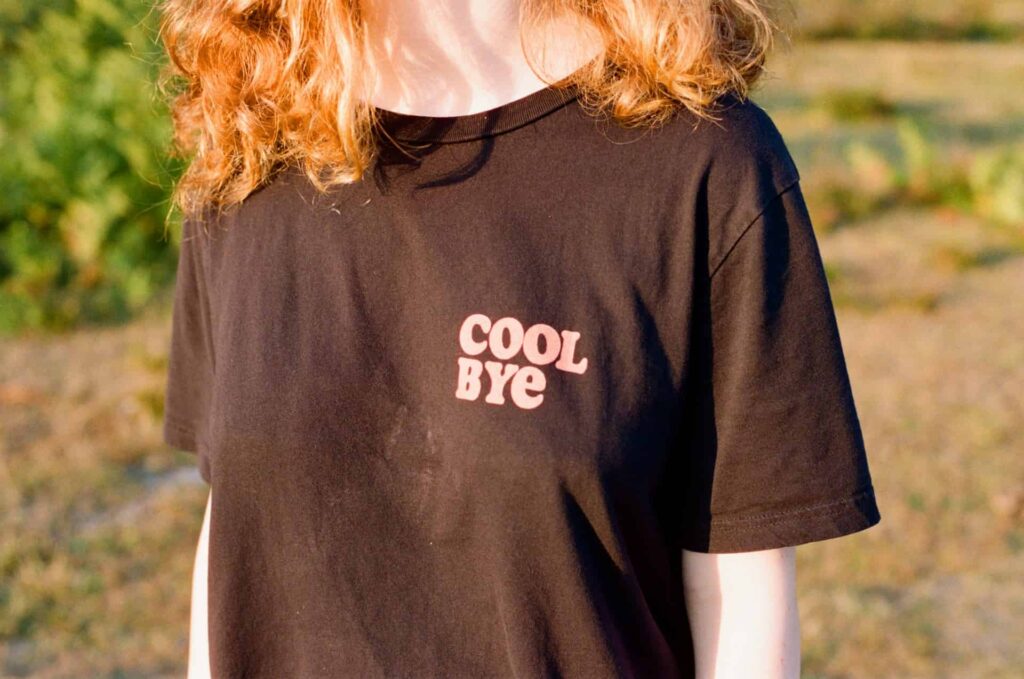
Picture someone cool whom you know. Perhaps it’s a high school classmate who always seemed in control, or a co-worker who commands the room without raising their voice. Whoever you’re imagining, chances are they share six striking traits that a new study now says define what it means to be cool, no matter where you live across the world.
The research delivers what might be the most thorough cross-cultural investigation of “coolness” to date. Researchers surveyed nearly 6,000 people across 13 countries, from Nigeria to South Korea, and discovered that coolness is not some vague, shifting concept as one might expect. Instead, it’s tied to a specific set of personality traits that transcend borders, beliefs, and languages.
“Everyone wants to be cool, or at least avoid the stigma of being uncool,” said Todd Pezzuti, co-lead author and professor at Universidad Adolfo Ibáñez in Chile. “And society needs cool people because they challenge norms, inspire change, and advance culture.”
The Cool Equation
So, what exactly makes someone cool? According to the study, cool people are more likely to be:
- Extraverted – They speak up, project energy, and engage openly.
- Hedonistic – They seek out pleasure and enjoyment.
- Powerful – They exude influence and command attention.
- Adventurous – They pursue novelty and take calculated risks.
- Open – They’re receptive to new ideas and experiences.
- Autonomous – They do things their own way, without asking for permission.
In other words, coolness isn’t just about likability. It’s about a certain magnetic defiance; a confidence that stands apart from traditional markers of “goodness.” That distinction may be key. The researchers asked participants not to rate celebrities or influencers but ordinary people they actually knew. Then they compared traits of those deemed “cool” with those seen as “good.” The overlap was smaller than expected.
“There’s a difference between being admirable and being cool,” said Caleb Warren, co-author and marketing professor at the University of Arizona. “Coolness captures something more rebellious and unconventional.”
The Surprising Global Consensus
One of the study’s most striking findings is that the meaning of “cool” appears to have crystallized across cultures. Regardless of geography, education, or income, the six core traits held firm. Participants hailed from vastly different cultures — including China, Chile, Turkey, and the United States — yet they consistently rated the same traits as defining coolness. Even countries with strong social hierarchies and traditional values agreed on these attributes.
“The pattern of results was similar across regions,” the authors wrote. “We could not find cases in which certain regions showed a systematically different pattern.”
This contradicts the idea that coolness is a local phenomenon shaped by unique cultural quirks. Instead, it suggests that coolness might serve a universal social function, elevating individuals who push boundaries while still maintaining social currency. To ensure that the findings weren’t skewed by age, gender, or education, the researchers ran numerous robustness checks. The traits remained stable across all demographics. Whether you were a teenager in Johannesburg or a retiree in Berlin, your definition of cool looked surprisingly similar.
The Evolution of Cool
The term “being cool” has long roots in Black American subcultures, particularly jazz musicians of the 1940s and the beatniks that followed. Back then, emotional restraint and defiance of norms were seen as dignified forms of resistance. Over time, that aesthetic evolved but never lost its edge.
“By the 1960s, youth all around the United States had adopted the term to describe certain types of people, products, and behaviors,” the researchers wrote in their paper.
Throughout the 20th century, the word “cool” maintained its edge even as its meanings evolved. By the time James Dean leaned against a wall in Rebel Without a Cause, cool had become a cinematic shorthand for poise, rebellion, and an almost effortless allure. Traits like self-control, emotional mastery, and ironic detachment were quickly identified as key ingredients for ‘coolness’.
But as Pezzuti and his colleagues point out, the old assumption that cool people don’t show emotion hasn’t entirely held up. In fact, recent research suggests that smiling and expressiveness — once thought too warm to be cool — can actually enhance perceptions of coolness, at least in modern Western cultures. In their own past studies, co-author Caleb Warren and colleagues found that people rated smiling photos of runway models and athletes as cooler than emotionally blank ones.
This signals that coolness, once defined by aloofness, has adapted to a world where authenticity and openness carry more value. Today, the cool person is still autonomous and rebellious—but also expressive, socially fluent, and often likable.
Another evolution is global reach. Once a distinctly Western phenomenon, coolness has become a shared cultural reference. People across cultures now say things like “Él es muy cool” or “她真的很酷”, borrowing the English term even in languages with vastly different roots. And they tend to agree on what it means.
The researchers suggest that globalization, through the proliferation of Western media, exported the idea of cool around the world. But instead of fragmenting, the concept held together. Yet while coolness has been commodified by brands and mass media, the core traits endure. You can’t fake them, and you can’t buy them.
“Coolness has definitely evolved over time, but I don’t think it has lost its edge,” said Pezzuti. “It’s just become more functional.”
Why Cool Matters
Being seen as cool influences how others perceive us, including our status, our influence, even our opportunities. Cool people are often admired, sought out, and followed. They can drive trends, change conversations, and alter group dynamics simply by being themselves. In a hyperconnected world, where perception often shapes reality, coolness might be one of the most valuable social currencies we have.
And perhaps most importantly, the study shows that coolness isn’t reserved for the famous or the rich. It’s not about your job, your car, or your clothes. It’s about how you carry yourself — and whether you dare to do things differently.
“Cool has gone from subculture to shared signal,” the authors write. “It still points to the people pushing boundaries instead of following them.”
That may be the coolest part of all. The findings appeared in the Journal of Experimental Psychology: General.





